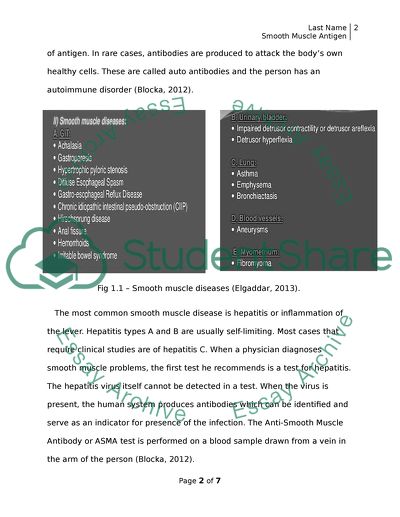Cite this document
(“SMA (Smooth Muscle Antigen) Research Paper Example | Topics and Well Written Essays - 1000 words”, n.d.)
Retrieved from https://studentshare.org/health-sciences-medicine/1696697-sma-smooth-muscle-antigen
Retrieved from https://studentshare.org/health-sciences-medicine/1696697-sma-smooth-muscle-antigen
(SMA (Smooth Muscle Antigen) Research Paper Example | Topics and Well Written Essays - 1000 Words)
https://studentshare.org/health-sciences-medicine/1696697-sma-smooth-muscle-antigen.
https://studentshare.org/health-sciences-medicine/1696697-sma-smooth-muscle-antigen.
“SMA (Smooth Muscle Antigen) Research Paper Example | Topics and Well Written Essays - 1000 Words”, n.d. https://studentshare.org/health-sciences-medicine/1696697-sma-smooth-muscle-antigen.


